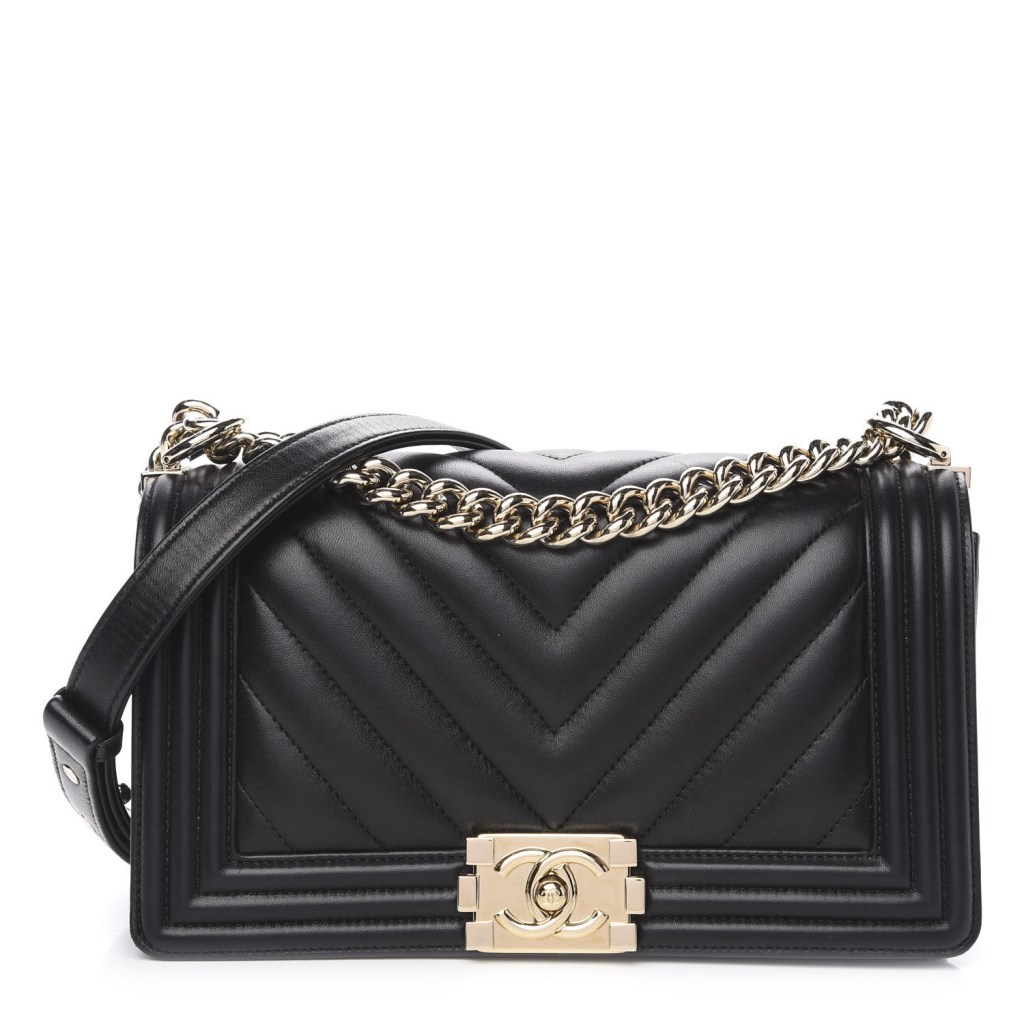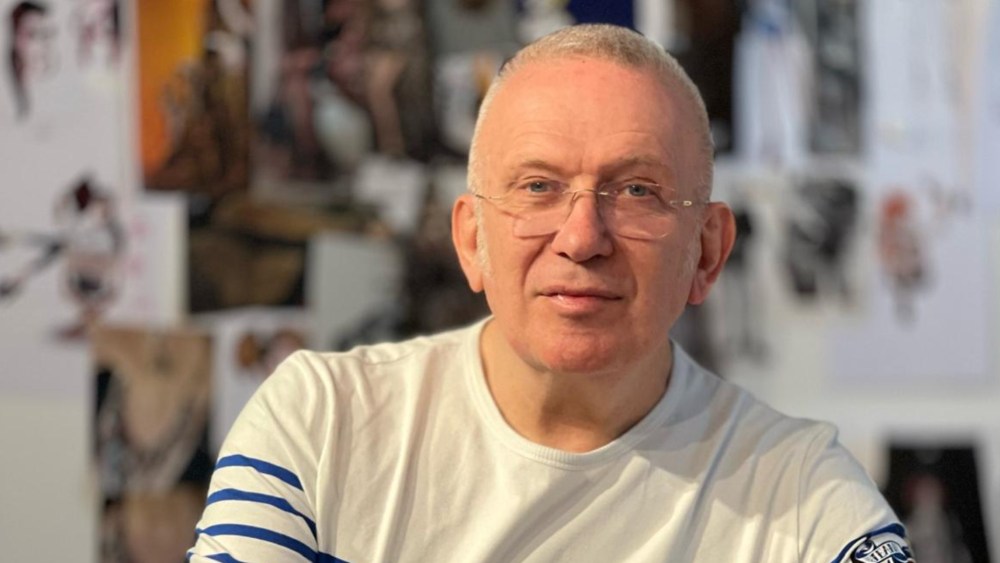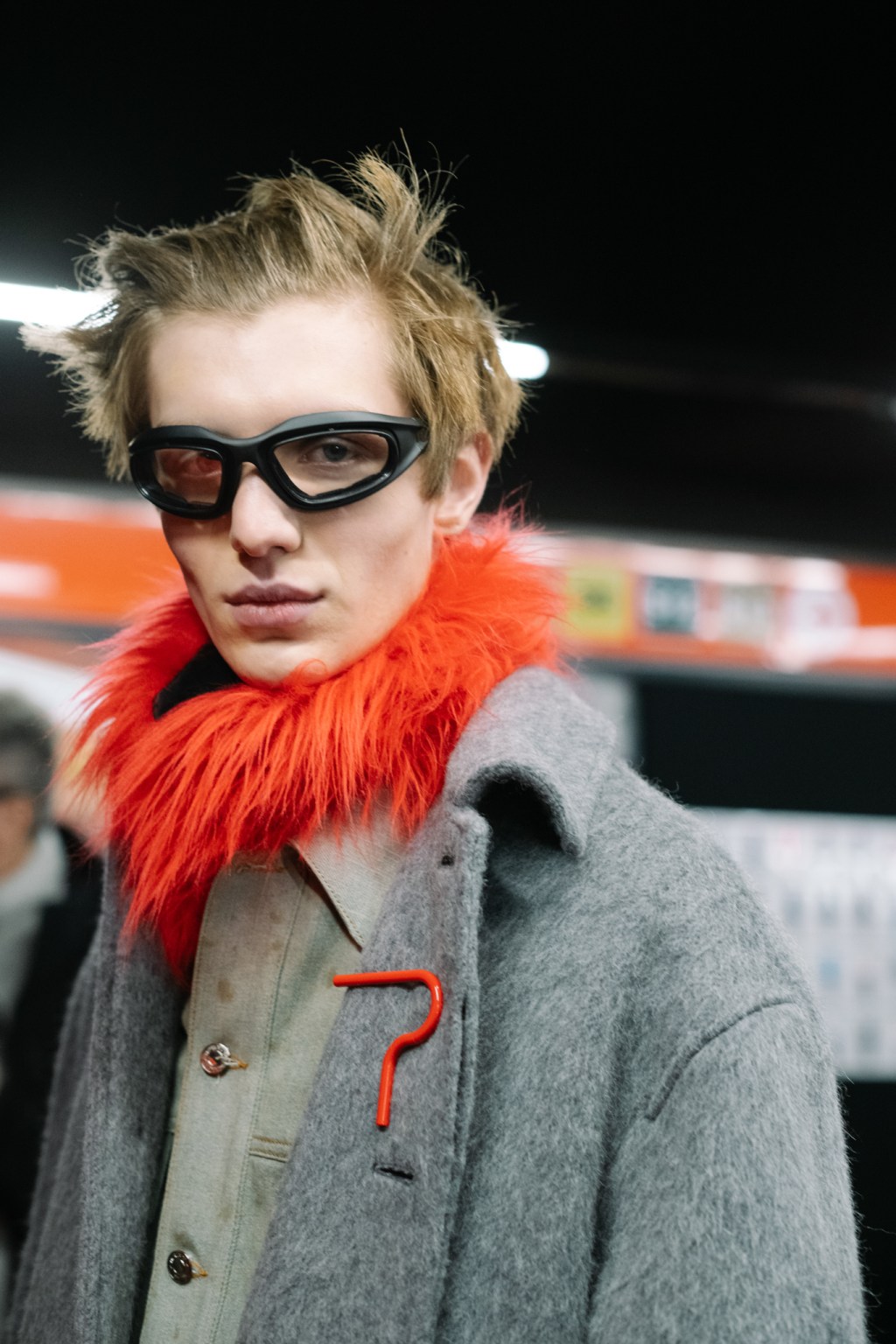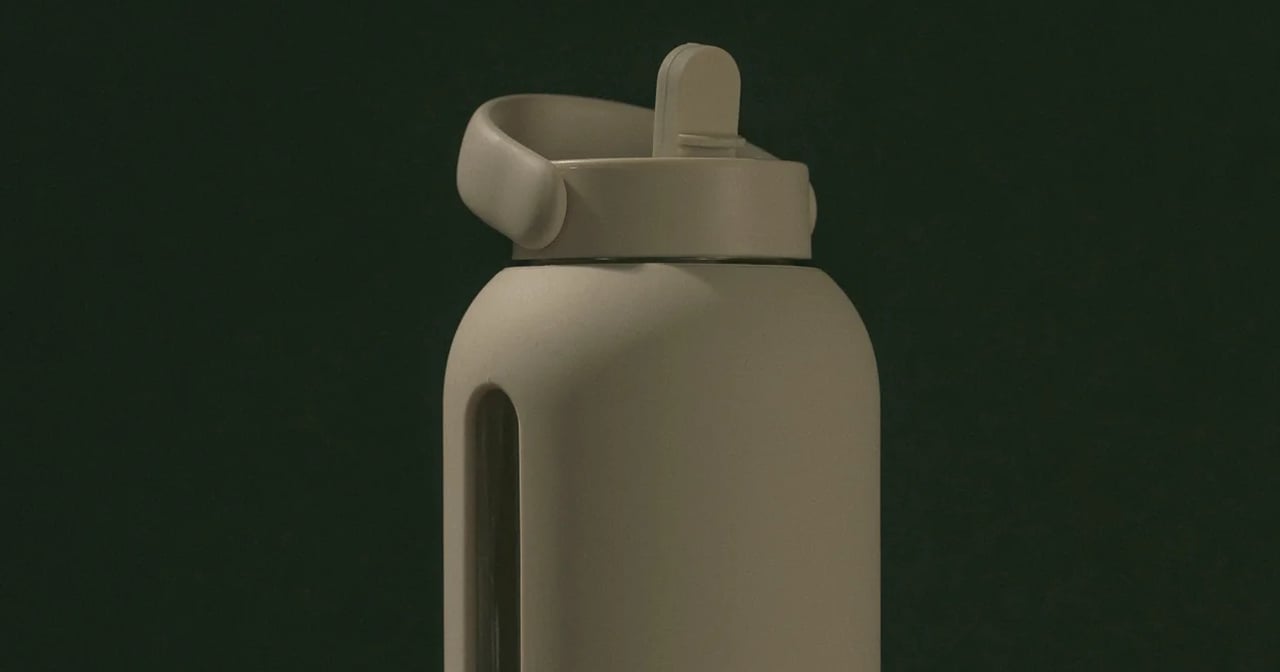As the trademark infringement trial between Chanel and What Goes Around Comes Around continued in New York federal court on Friday, a key Chanel witness’ testimony highlighted how the luxury house authenticates its goods and tries to safeguard against counterfeiters.
In its initial lawsuit in 2018, Chanel alleged the resale specialist was trying to deceive consumers that there was an affiliation between the two companies and that Chanel had authenticated the pre-owned goods. Now, both sides are battling in court over trademark infringement, false advertising, claims of counterfeit goods and other issues.
As of Friday, the juried trial was expected to take at least two more weeks.
Joseph Bravo, executive operations director, testified Wednesday and Thursday. He spoke at length about how 30,000 cards imprinted with authorized serial numbers had been stolen from the Renato Corti factory in Milan in 2012. The stolen numbers — a few of which are alleged to have been featured on goods sold via What Goes Around Comes Around — were later voided and marked stolen in Chanel’s Orli database.
Jurors learned that from 2000 through 2013, Corti also ran a sub-contracted distribution center for Chanel. When it acted as an authorized distribution center, Corti addressed quality control issues in adherence with Chanel’s guidelines and weekly visits from Chanel executives. Through that agreement, approximately 10 employees at the factory had permission to input data about the serial numbers of authorized Chanel handbags into the Orli system under the supervision of Chanel, according to Bravo. However, they were only able to scan barcodes to authenticate the serial numbers. The process, which Chanel initiated in 1993, is similar to one used by Apple for its iPhones, the Chanel executive said. The Corti employees were not authorized to look at any of the data in the system, according to Bravo. There was only one other factory that produced authentic Chanel goods that also had access to the Orli system — approximately five employees at a tie and scarf supplier. However, Bravo said those products do not carry serial numbers.
Both sides debated the authenticity of a red Chanel bag that was listed on the WGACA site in 2015 with one of the stolen serial numbers. Upon discovering that, Chanel issued a cease-and-desist letter to WGACA, which later claimed that the number had been a typo and was sold by the resaler the following year for more than $3,000.
Bravo spoke of other features that he deemed counterfeit on the red handbag, including the font of the zipper pull, the zipper’s slider, the color of the thread that was used for the stitching of its interlocking C’s, the lack of symmetry of those two letters and the irregular shape of the handbag.
In 2012, Chanel had 20 suppliers for metal components and as of this year, the company has 35, according to Bravo. One of the reasons for that increase is that Chanel is selling more handbags, Bravo said.
Members of the jury also got a primer about Chanel’s output. The luxury company typically develops about 50 models of handbags for every collection. Chanel creates six collections annually. As reported, WGACA sold $90 million worth of pre-owned Chanel products between 2016 and 2022, according to Sheppard Mullin partner Theodore Max, a lawyer working on behalf of Chanel.
Bravo deemed the slider on that handbag inauthentic and said that he knew in advance of his Jan. 12 testimony that he would mention that, despite having only seen photographs of the handbag and not the accessory in person. An attorney for WGACA, Daniel DeCarlo, a partner at Lewis Brisbois, challenged the Paris-based executive multiple times, asking why he never visited the WGACA facility in New York, where the handbags in question were stored. Bravo said he was aware of the offer by WGACA to Chanel executives, but he had not been invited to do so. In addition, a colleague, Adrienne Hahn, had done so and she shared photos of those items. However, the Lampo slider, which is manufactured by Ditta Giovanni Lanfranchi S.p.A, was not among the images. Sliders on authentic Chanel goods are etched with the interlocking C’s, but the alleged counterfeit one was imprinted with “Lampo.”
During Thursday’s cross examination, he was offered a ruler to measure the stitched interlocking C’s on the red handbag. Bravo “preferred” not to “because it is not precise enough,” he said, suggesting the difference can be one-tenth of an inch or less. With the consent of Justice Louis Stanton, who is presiding over the case, the members of the jury were allowed to use the ruler to measure the bag.
During the cross-examination, the executive affirmed that the metal components, such as the rivets, chains and clasps, are sent to designated manufacturers in a tightly controlled way. Although Chanel may use the length of a chain or its metal finish as a way to distinguish its products, some items, such as a chain on the red bag that was used as evidence, is also used by Dolce & Gabbana, Bravo said.
Another insight to counterfeiting was shared in relation to branded dust covers and shoe boxes. Bravo said that counterfeiting those items are “very easy” to do. Sometimes, tourists leave genuine boxes behind in hotels, which can be collected to feed counterfeiters and are also resold through the internet, according to Bravo.
Before Thursday’s testimony drew to a close, Justice Stanton told the jury that “a counterfeit is a copy that is so close it is hard to detect.” He also advised them that if something “is not made in an authorized Chanel factory, it’s not a genuine Chanel” product. The trial resumes Monday.



